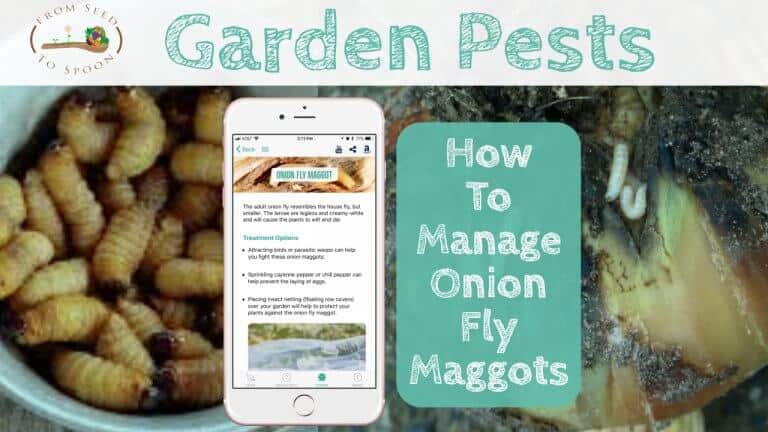
How to: Manage Onion Fly Maggots in Your Garden
The adult onion fly resembles the house fly, but smaller. The larvae are legless and creamy-white and will cause the plants to wilt and die.

The adult onion fly resembles the house fly, but smaller. The larvae are legless and creamy-white and will cause the plants to wilt and die.

We love to grow beets because they’re full of vitamins, and the entire plant can be eaten. The greens from beets are great in salad mixes, and the roots are a sweet, earthy addition to a vegetable juice.
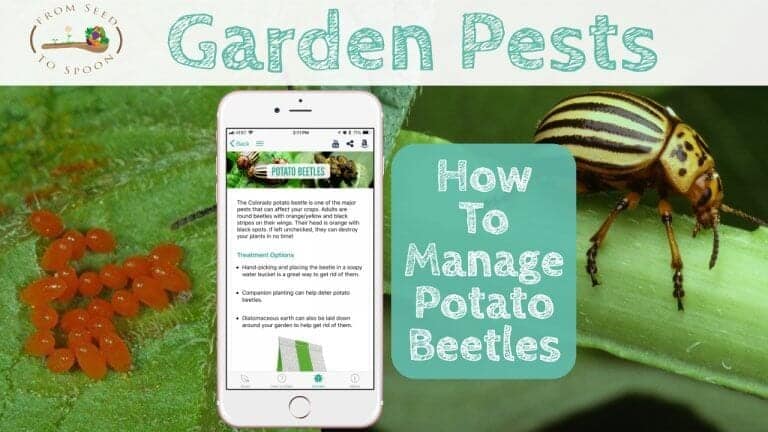
The Colorado potato beetle is one of the major pests that can affect your crops. Adults are round beetles with orange/yellow and black stripes on their wings. Their head is orange with black spots. If left unchecked, they can destroy your plants in no time!
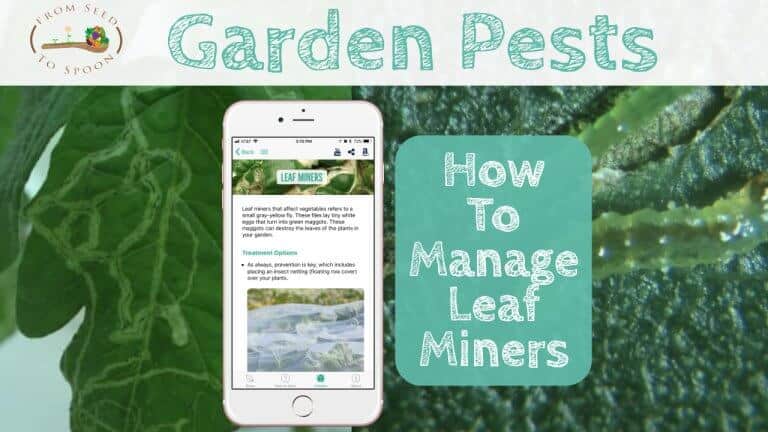
Leaf miners that affect vegetables refers to a small gray-yellow fly. These flies lay tiny white eggs that turn into green maggots. These maggots can destroy the leaves of the plants in your garden.
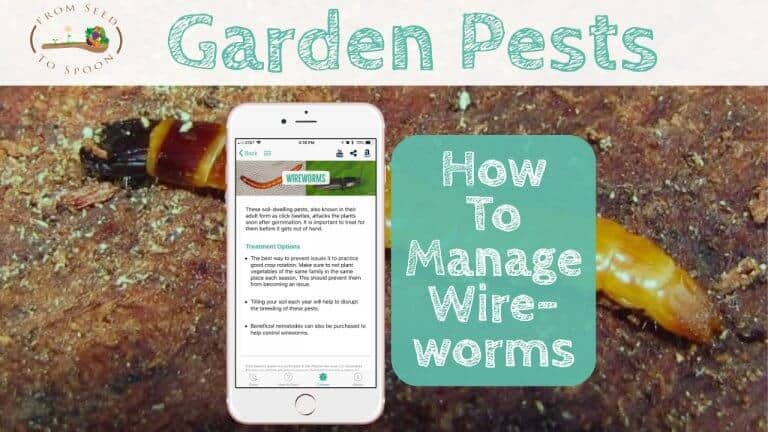
These soil-dwelling pests, also known in their adult form as click beetles, attacks the plants soon after germination. It is important to treat for wireworms before it gets out of hand.
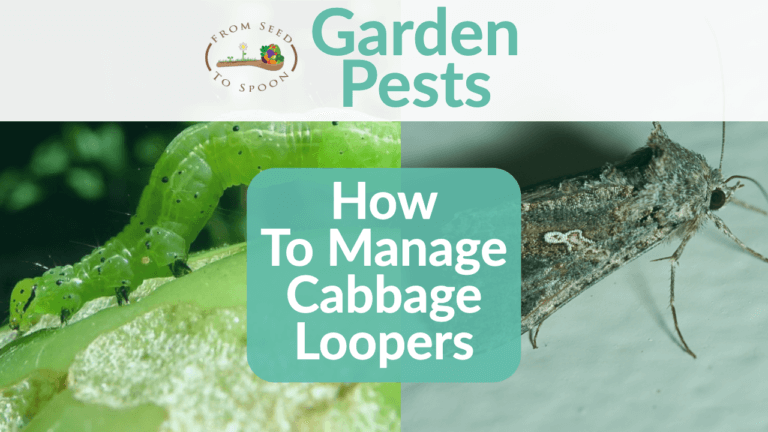
The cabbage looper is the caterpillar of a grayish moth with a silver spot in the middle of each wing. You can distinguish them from the cabbage worm by looking for 4 white stripes running down the body. The eggs are dome-shaped, light green, and are laid on the underside of the leaves.
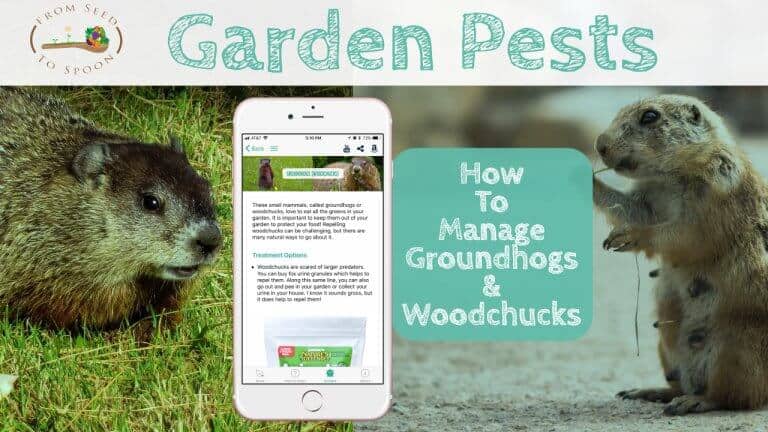
These small mammals, called groundhogs or woodchucks, love to eat all the greens in your garden. It is important to keep them out of your garden to protect your food! Repelling woodchucks can be challenging, but there are many natural ways to go about it.
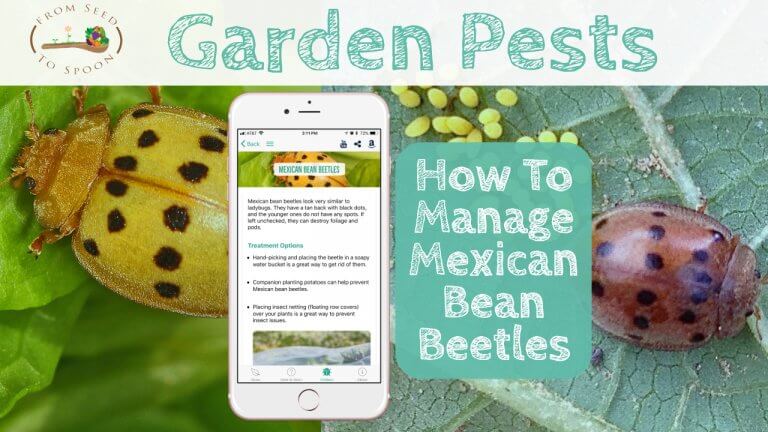
Mexican bean beetles look very similar to ladybugs. They have a tan back with black dots, and the younger ones do not have any spots. If left unchecked, they can destroy foliage and pods.
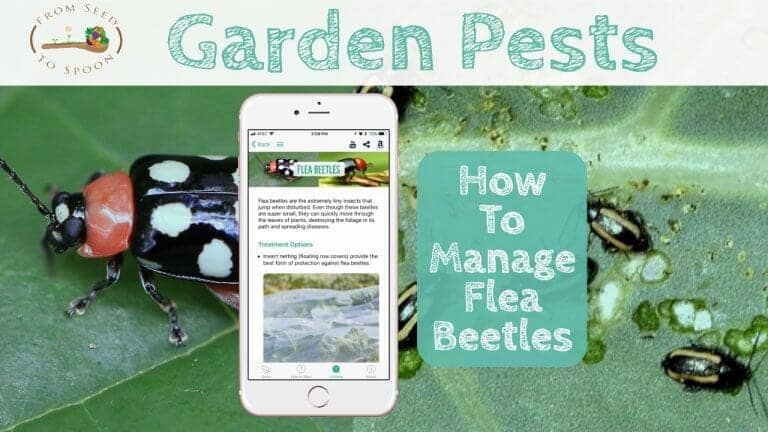
Flea beetles are the extremely tiny insects that jump when disturbed. Even though these beetles are super small, they can quickly move through the leaves of plants, destroying the foliage in its path and spreading diseases.
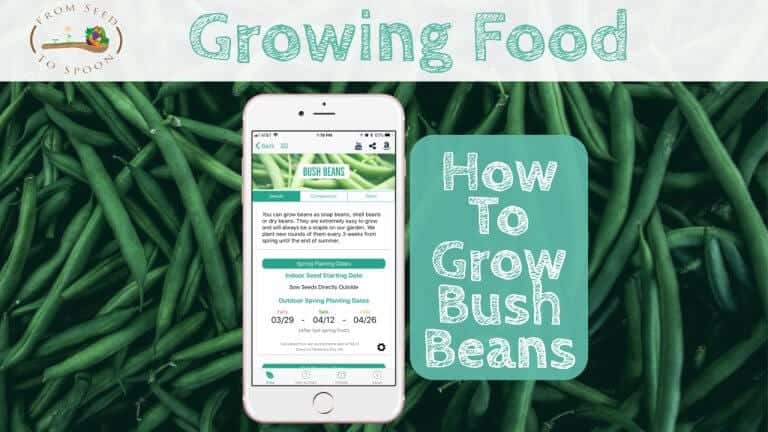
You can grow beans as snap beans, shell beans or dry beans. They are extremely easy to grow and will always be a staple on our garden. We plant new rounds of them every 3 weeks from spring until the end of summer. How to Grow: Bush beans can be planted as soon as the last spring frost has occurred until 10 weeks before first fall frost. In milder climates, bush beans can be planted
